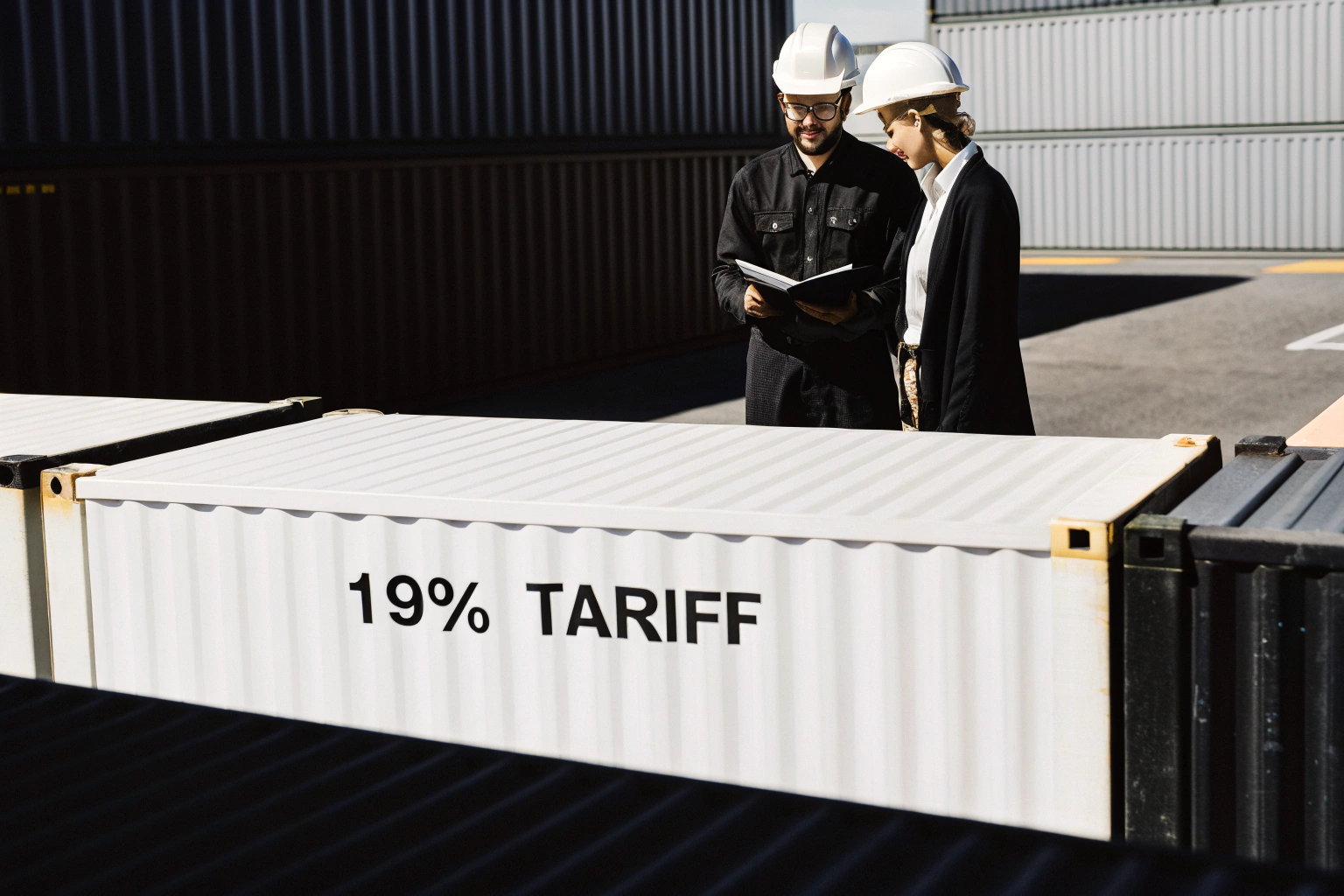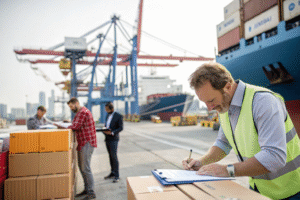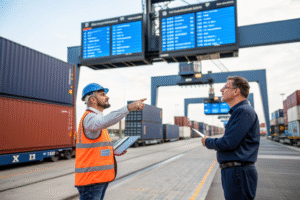Thailand has introduced a 19% import tariff on many consumer goods in 2025—impacting categories like apparel, electronics, cosmetics, and promotional merchandise. Without proper planning, both landed cost and delivery times can spike—eroding your margins faster than you expect.
This article outlines which product categories are affected, what shipping strategies help, and how importers can legally reduce tariff exposure while maintaining delivery reliability.
If you're sourcing from China, Vietnam, or other Asian hubs into Thailand, read on to discover how to save on shipping even under new tariff conditions.
What Products Are Hit by Thailand’s 19% Tariff?
The 2025 tariff applies across a range of imported goods:
- Apparel & footwear (HS 61, 62, 64)
- Cosmetics & skincare (HS 33)
- Small electronics & accessories (HS 85)
- Plastic household or promotional items (HS 39, 95)
Customs handles this surcharge on CIF value at major ports such as Laem Chabang and Bangkok Port.
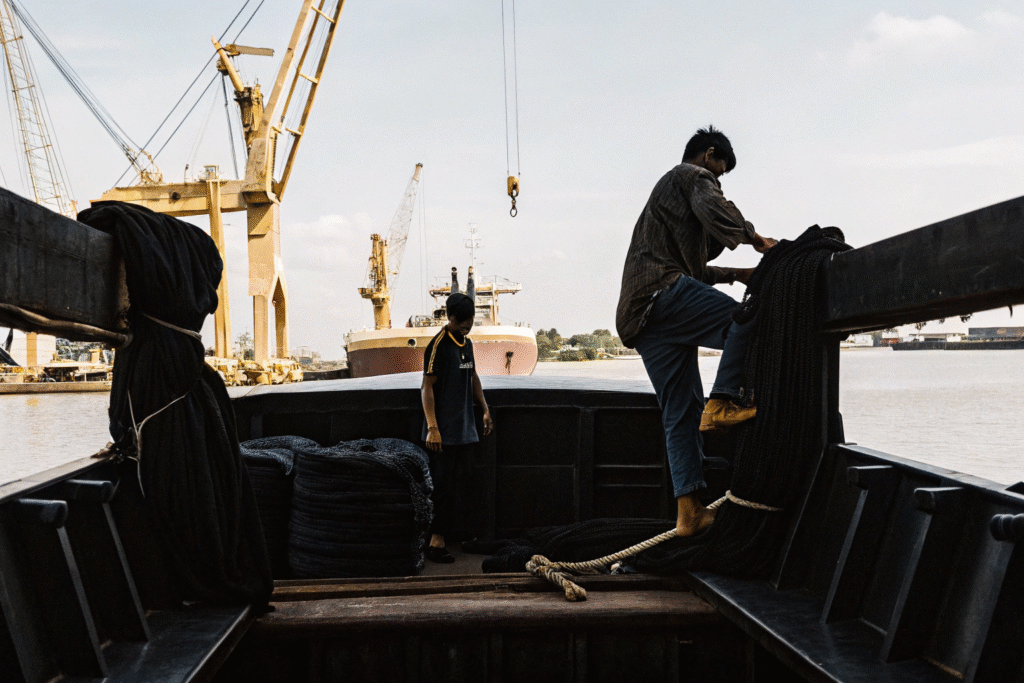
How Can You Verify Affected Items?
Search your product’s HS code using the Tariff Finder by Thailand Customs or global HS lookup tools. If your goods fall under these consumer categories, the 19% surcharge applies.
GeeseCargo provides HS code audits to help clients avoid misclassification and surprise duty charges.
Are Any Items Excluded?
Yes. Industrial parts, raw materials, food ingredients, and tech components remain at standard rates (5–10%). Products shipped for export via bonded zones may be exempt from surcharge.
We assist clients in reclassifying items correctly and documenting exemptions to minimize exposure.
How Can You Reduce Tariff Costs Legally?
The 19% surcharge may feel steep, but you can legally reduce its impact with smart logistics and compliance tactics:
Key strategies include using DDP, bonded storage, correct HS classification, and invoice optimization.
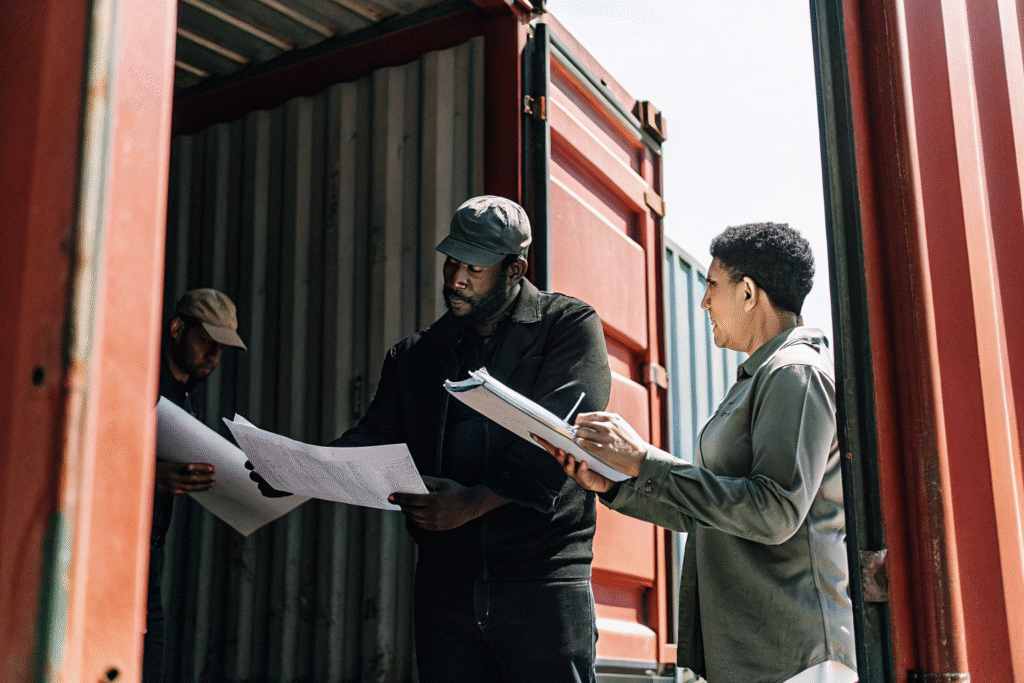
Does DDP (Delivered Duty Paid) Help Thailand Importers?
Yes. Under DDP terms, your forwarder handles all taxes, duties—including the 19% surcharge—before arrival. This ensures clear landed cost upfront and prevents delays or customs issues.
We provide DDP delivery to Thai customs and customers, including clearance at Bangkok or Laem Chabang.
Are Bonded Warehouses Beneficial?
Absolutely. Warehouses near Bangkok Port or Laem Chabang FTZ allow import without duty payment until goods are cleared for sale. For goods destined for export or later distribution, this defers the surcharge until needed.
Ideal for seasonal products or stock awaiting buyer decisions.
Why HS Code Accuracy Matters in Thailand?
HS codes are critical in calculating Thailand’s 19% tariff. A small classification error can result in higher duties or delayed clearance.
Accurate HS classification prevents overpayment and ensures compliance with Thai customs.
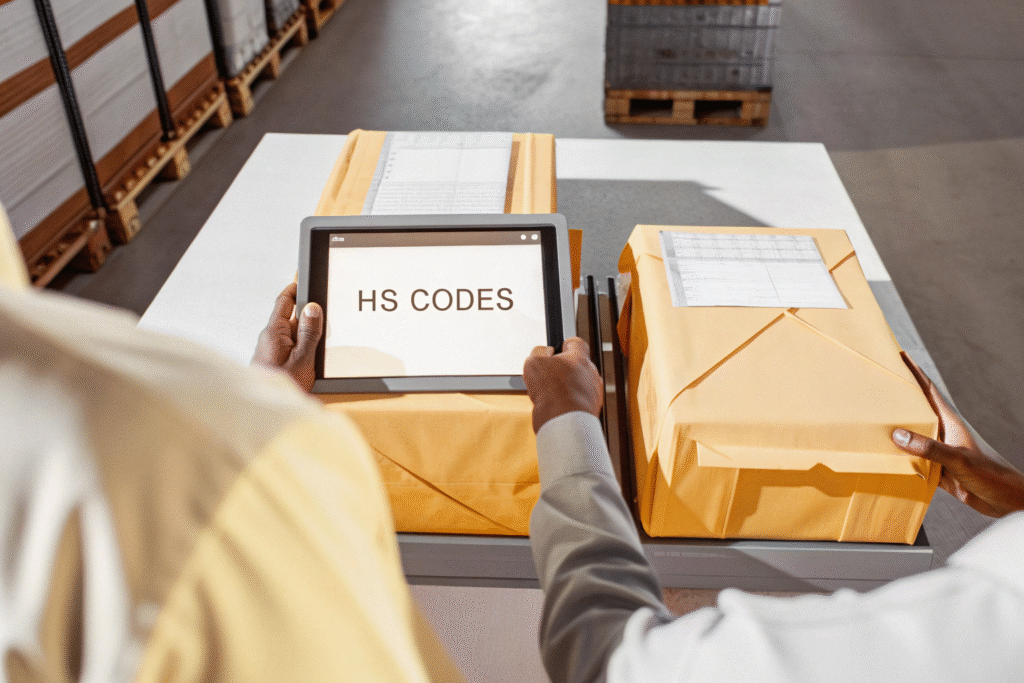
What Common HS Mistakes Affect Your Tariff?
Examples to watch:
- Mislabeling cotton apparel as synthetic (HS 6109.10 vs. 6109.90)
- Declaring general bags instead of fashion handbags (HS 4202.92 vs. 4202.22)
- Using generic codes for cosmetics rather than precise SKUs
We recommend using the WCO HS Lookup Tool or engaging GeeseCargo’s classification experts for pre-clearance checks.
How Does GeeseCargo Support HS Accuracy?
We provide HS code audit services, cross-checking product specs and invoices. For complex items, we help clients submit advance ruling requests to Thai customs for confirmed codes before shipping.
How Can Invoice Structuring Lower Your Duty Base?
Thailand’s duty surcharges apply to CIF—so structuring invoices to legally reduce the dutiable value helps cut landed cost.
Separating non-dutiable charges and minimizing CIF base lowers your surcharge exposure.
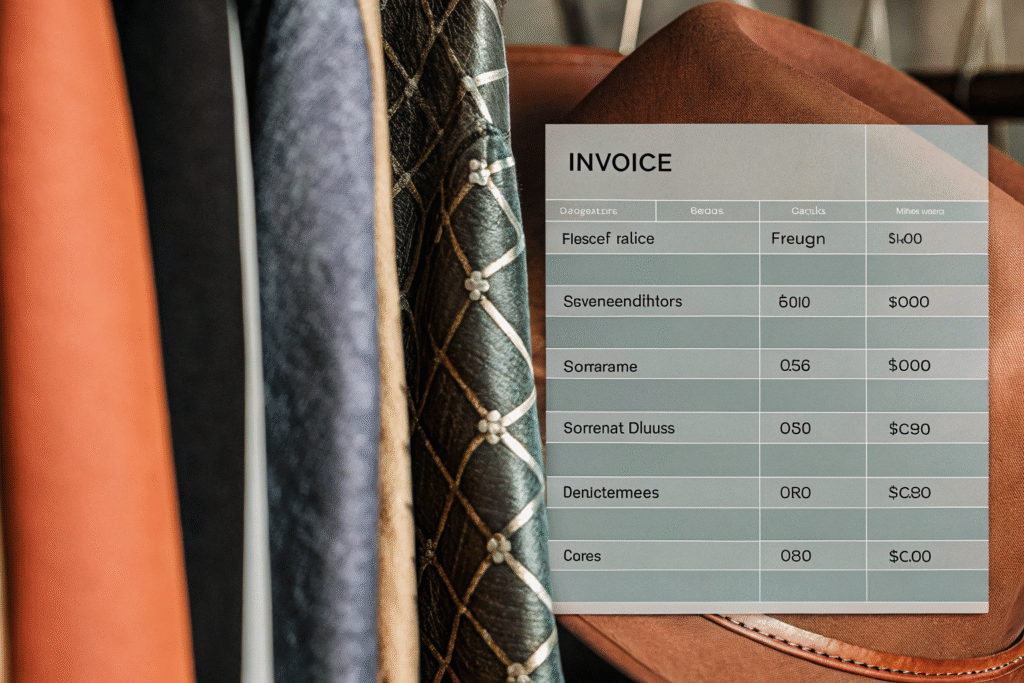
Should You Invoice Using FOB Instead of CIF?
Where allowed, invoicing on an FOB basis excludes freight and insurance from the taxable base. This reduces surcharge amount.
GeeseCargo advises using FOB pricing where possible, managing freight and insurance separately.
What Charges Can Be Excluded?
Non-dutiable expenses like repacking fees, royalties, or inspection costs can be listed separately on invoices. We ensure these exclusions follow Thai customs rules to prevent omissions.
What Should You Do Right Away?
Act now to avoid the 19% surcharge on your next shipments to Thailand:
Immediate steps include:
- Conduct an HS code audit
- Use FOB valuation where possible
- Switch to DDP for landed cost clarity
- Explore bonded storage for deferred duty

How Can GeeseCargo Help You Today?
We offer:
- Free HS code review—identify risk areas
- Landed cost estimates including the 19% surcharge
- DDP service quotes with pre-paid duties
- Bonded warehouse setup near Laem Chabang or Bangkok Port
Contact us to secure favorable shipping terms before your next Thailand shipment arrives.
Conclusion
While Thailand’s 19% tariff presents a challenge in 2025, strategic planning lets you mitigate costs and maintain competitiveness. Using DDP, bonded storage, precise HS classification, and invoice structuring, importers can avoid unnecessary expense and ensure compliant shipments.
At GeeseCargo, we guide importers through every step of Thailand import compliance—from HS audits to door-to-door DDP shipping. If you're planning shipments into Thailand this year, reach out to Ben Zhu at benzhu@geesecargo.com for a custom logistics review and cost-effective strategy.
